The Impact of Glycemic Index on Cravings

Share
Have you ever found yourself feeling hungry just an hour after eating? This could be linked to what you ate, specifically the glycemic index (GI) of your food. Understanding the impact of glycemic index on cravings can help you make better choices and manage your hunger effectively. Let’s break it down!
What is Glycemic Index?
The glycemic index is a scale that measures how quickly foods raise your blood sugar levels after you eat them. Foods that are high on the GI scale (70 or above) cause a rapid spike in blood sugar, while low-GI foods (55 or below) lead to a slower, steadier rise.
Examples:
- High-GI Foods: White bread, sugary snacks, and some processed foods.
- Low-GI Foods: Whole grains, most fruits, and legumes.
How Does Glycemic Index Affect Cravings?
When you consume high-GI foods, your blood sugar levels rise quickly but can drop just as fast. This quick drop can leave you feeling hungry again sooner, leading to cravings for more food, especially sugary snacks. It’s like a roller coaster for your blood sugar!
In contrast, low-GI foods provide a more gradual increase in blood sugar. This helps you feel fuller for longer and reduces those pesky cravings. Understanding the impact of glycemic index on cravings can be a game-changer in managing your hunger.

Comparing Dates, Honey, and Sugar
Let’s look at three common sweeteners and how they compare based on their glycemic index:
- Sugar (Table Sugar): Has a GI of around 65. It can quickly spike your blood sugar and lead to cravings after a short period.
-
Honey: Has a moderate GI of about 58. While it’s more natural than sugar, it can still cause a quicker rise in blood sugar compared to low-GI options. However, honey offers several advantages:
- Natural Nutrients: Honey contains vitamins, minerals, and antioxidants that can benefit your health, unlike refined sugar.
- Antimicrobial Properties: Honey has natural antimicrobial properties that can help with digestion and support the immune system.
- Energy Boost: Honey provides a quick energy boost without the crash associated with high-GI foods, making it a great choice for athletes and active individuals.
- Dates: Generally have a higher GI of around 61-65, depending on the variety. While they are natural and nutrient-rich, they can still lead to a relatively quick increase in blood sugar.
Source of Glycemic Index Values: Oregon State University
What Should You Choose?
When deciding between sweeteners, it’s essential to consider your health goals, lifestyle, and preferences. Here are some points to help you make an informed choice:
Natural vs. Artificial Sweeteners:
- Natural Sweeteners (like honey and dates): These provide sweetness along with essential nutrients. They are less processed and can offer health benefits. For example, honey not only satisfies your sweet cravings but also provides antioxidants and can help soothe a sore throat or cough.
- Artificial Sweeteners: These often have a low GI, making them a tempting choice for those looking to manage blood sugar levels. However, they may lack nutritional value and can lead to cravings for more sweet foods. It’s important to note that some artificial sweeteners are processed and may not provide the same health benefits. For instance, Fructooligosaccharides (FOS) is a natural ingredient often used as a sweetener, but it can also be processed. This presents a choice: whether to go for natural sweeteners like honey, which have moderate GI values and health benefits, or opt for low-GI processed sweeteners that might not offer the same nutritional advantages. If you're interested in learning more about functional ingredients like FOS, check out our blog on FOS.
Understanding Your Cravings:
- If you find yourself frequently craving sweets, consider incorporating moderate-GI natural sweeteners like honey into your diet. This can help satisfy your cravings while also providing nutritional benefits.
- If you’re trying to lose weight or manage blood sugar levels, it might be worthwhile to explore low-GI options, but pay attention to the potential downsides of artificial sweeteners.
Nutritional Content:
- Always check the nutritional labels. Honey contains trace amounts of vitamins and minerals, which can be a bonus compared to refined sugar.
Personal Preference and Lifestyle:
- If you prefer natural products and are okay with moderate GI values, honey may be a great option for you. It can be used in teas, drizzled on yogurt, or added to recipes for a touch of sweetness.
- If you’re an athlete needing quick energy without a sugar crash, honey can provide that boost without the drawbacks associated with high-GI foods.
Conclusion
When it comes to managing cravings, understanding the impact of glycemic index on cravings can be a powerful tool. Opting for natural sweeteners like honey may help you enjoy sweetness while being mindful of blood sugar levels. Honey not only provides a delightful flavor but also comes with added health benefits that refined sugar lacks. Remember, it’s all about balance and making choices that align with your health goals.
For more insights on healthy eating, check out The Drill blog!
Explore More
-
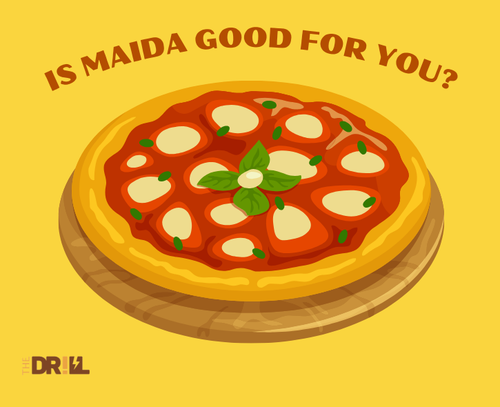
What is Maida and Why is it Bad?
...
-

How Do You Choose the Right Products for Your Health?
...
-
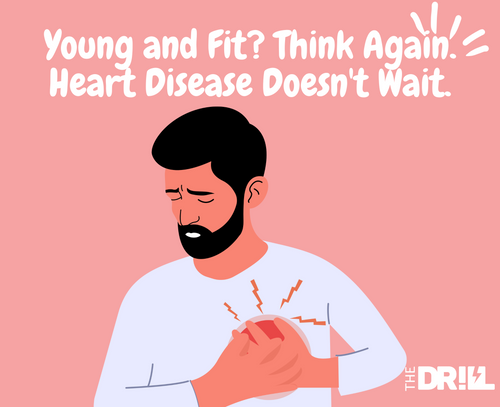
Why Gyms Won’t Save You from Heart Disease in Your 30s: The Hard Truth You Need to Hear
...
-
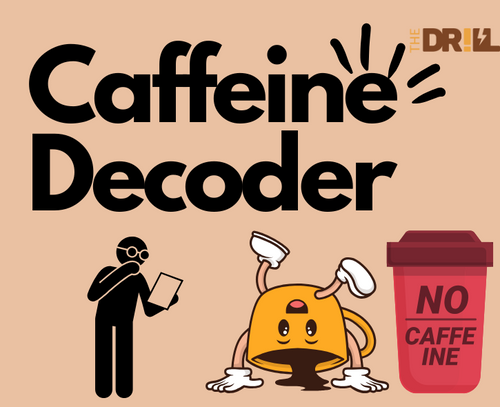
Caffeine and You: Finding the Sweet Spot for Your Day
...
-

Why Potato Chips Are Addictive: The Science Behind the Crunch
...
-
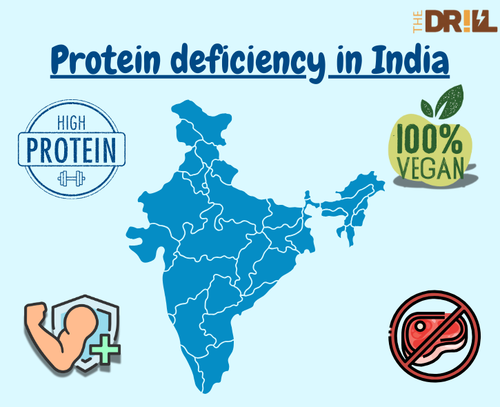
Why Protein Deficiency in India Is More Common Than You Think (And How to Fix It)
...
-
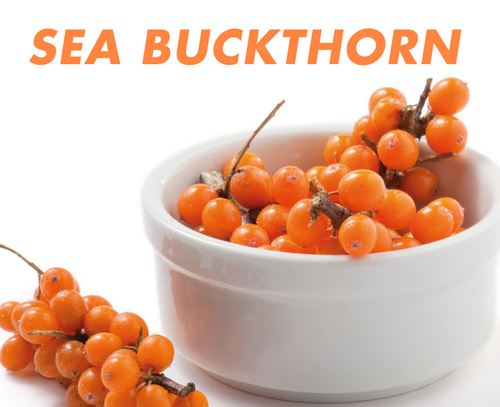
Health Benefits of Sea Buckthorn: The Superberry You Need in Your Diet
...
-

Cold Weather Hacks: How to Stay Healthy During a Mountain Trip
...
-
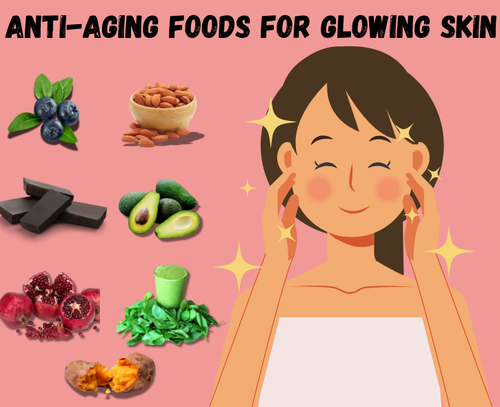
Top 10 Anti-Aging Foods to Keep You Young and Glowing – Bollywood Style
...
-
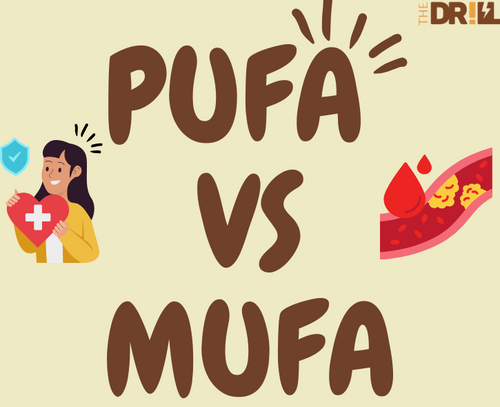
PUFA vs. MUFA: Which is Healthier?
...
-
Introducing Drill Lens: Your AI-Powered Food Rating Tool
...
-
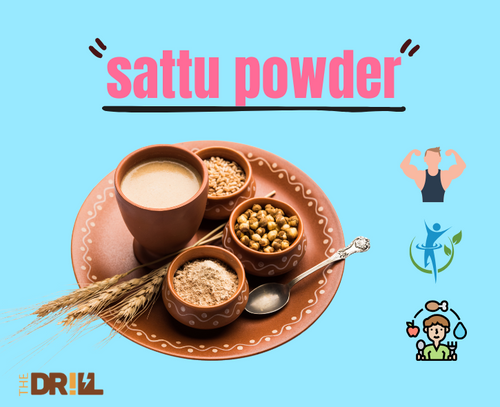
Benefits of drinking sattu everyday
...
-
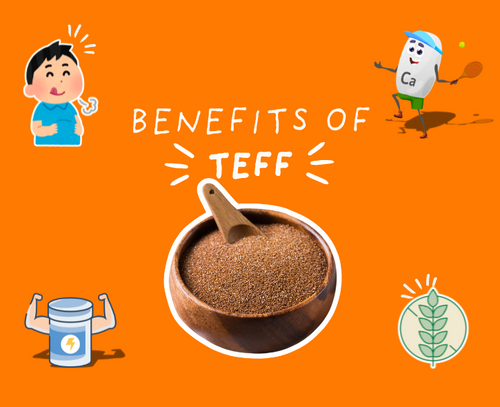
5 Surprising Health Benefits of Teff Grain for Indian Diets
...
-
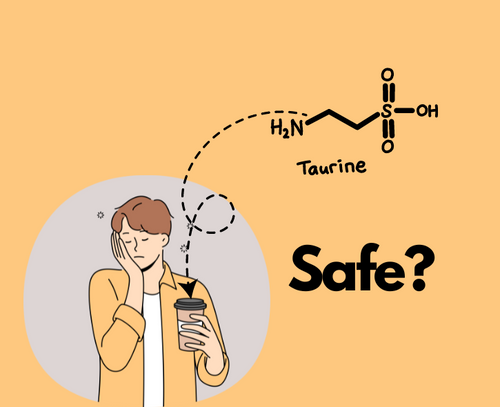
Can Taurine Cause Side Effects? Here’s What You Need to Know
...
-
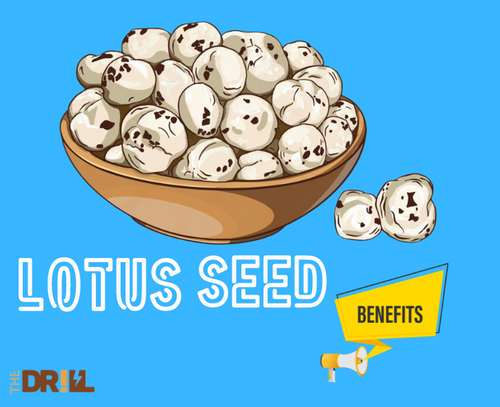
What Are the Health Benefits of Lotus Seeds?
...
-
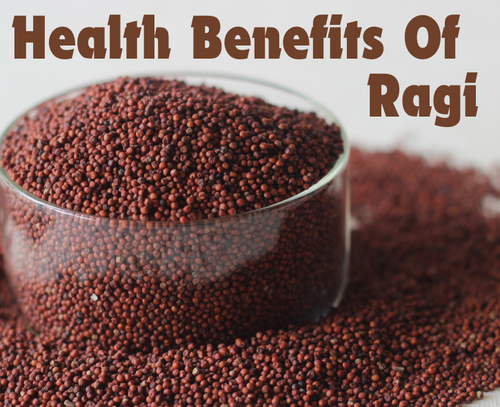
Health Benefits of Ragi for Vegetarians
...
-
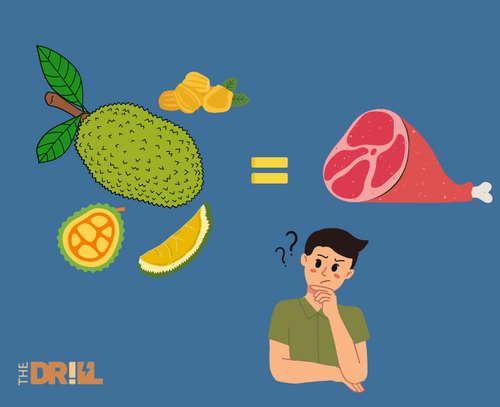
How to Use Jackfruit as a Meat Substitute in Indian Cuisine
...
-
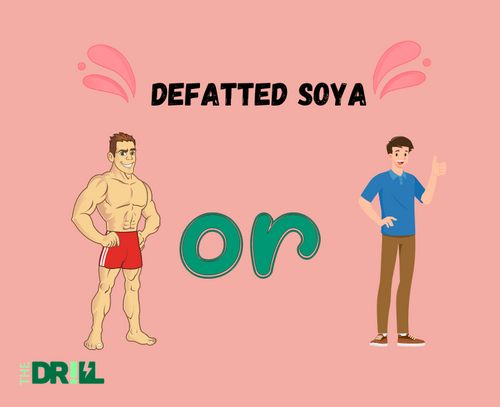
Is Defatted Soya Good for Muscle Gain?
...
-
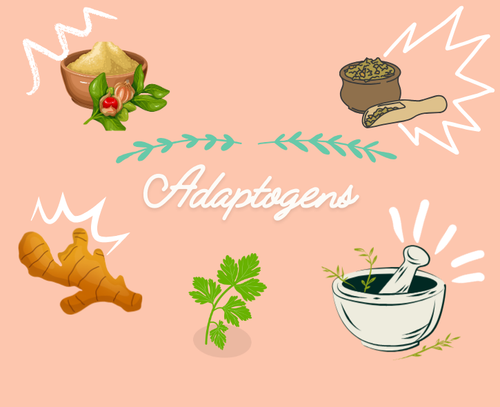
Beginner's Guide to Adaptogens
...
-
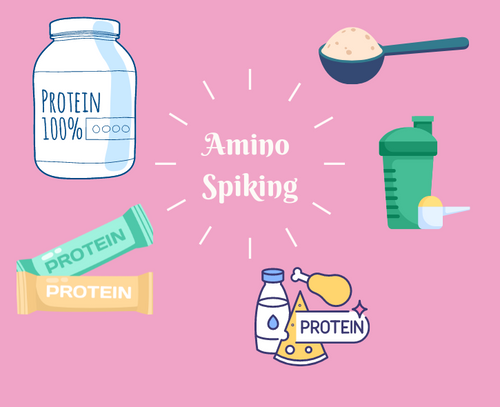
What is Amino Spiking in Whey Protein? A Complete Guide
...
-
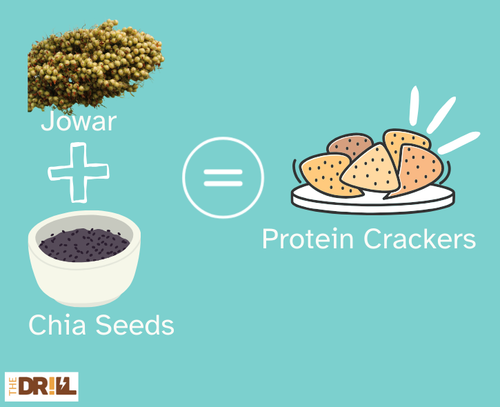
Jowar and Chia Seed Protein Crackers Recipe: A Gluten-Free, High-Protein Snack
...
-
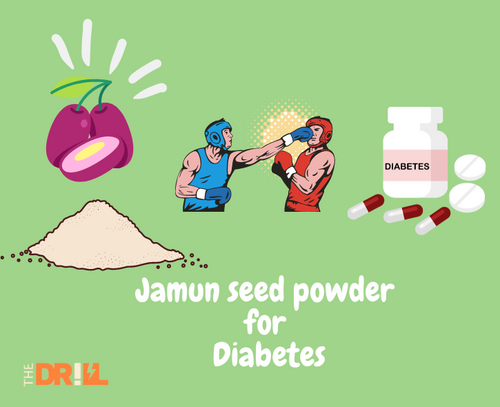
Jamun Seed Powder for Diabetes: Understanding the Benefits and How to Use It
...
-
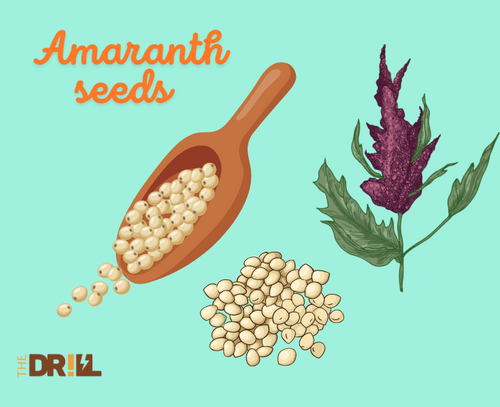
Amaranth Superfood Benefits: Why You Should Add This Ancient Grain to Your Diet
...
-
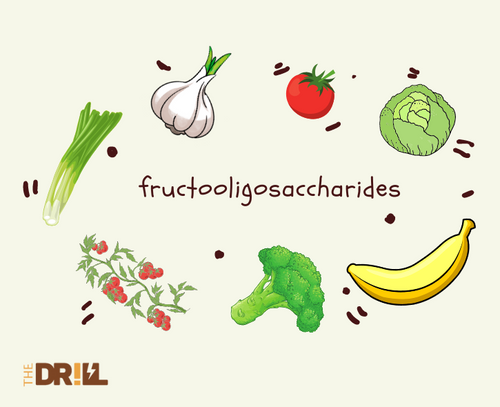
What Is Fructooligosaccharides (FOS) and Why Should You Care?
...
-
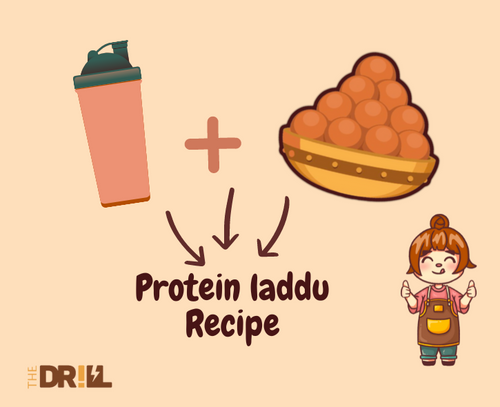
How to Make Protein Laddu at Home: A Nutritious Indian Snack
...
























